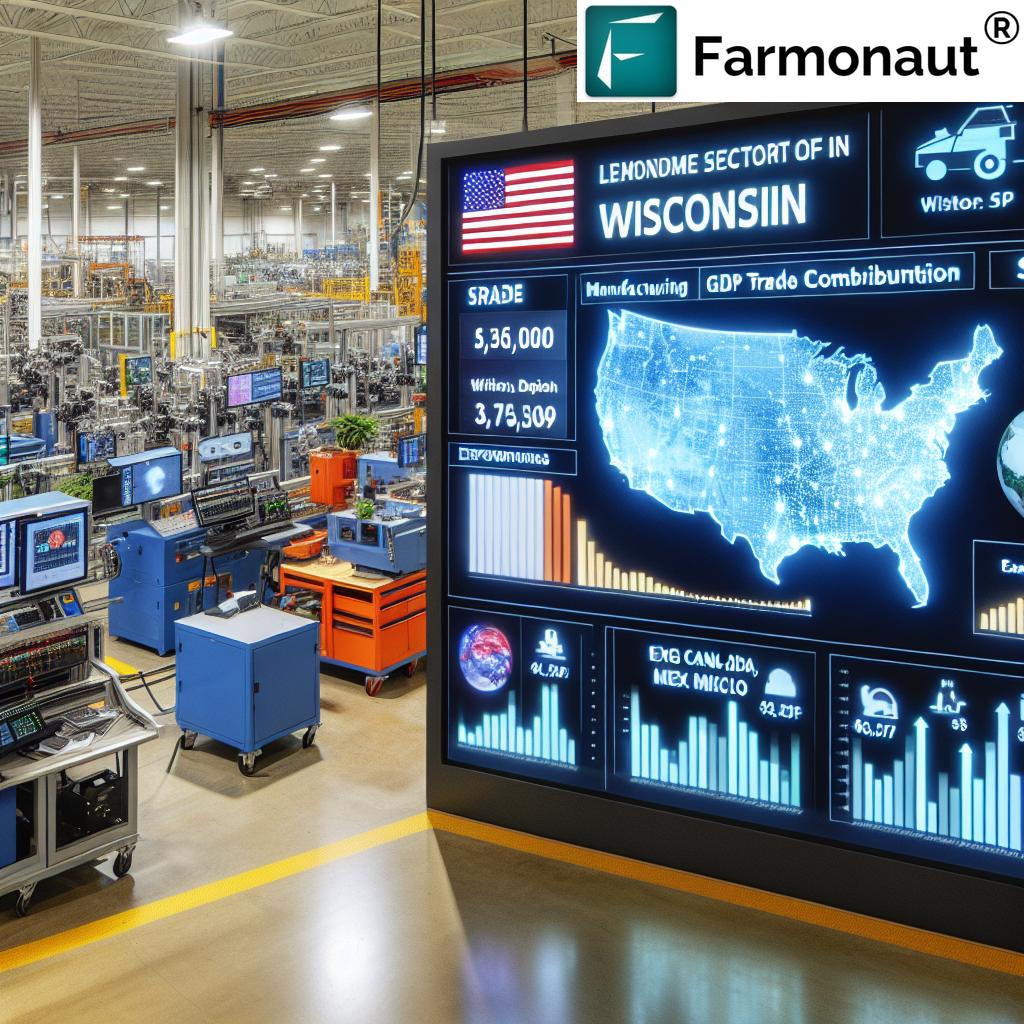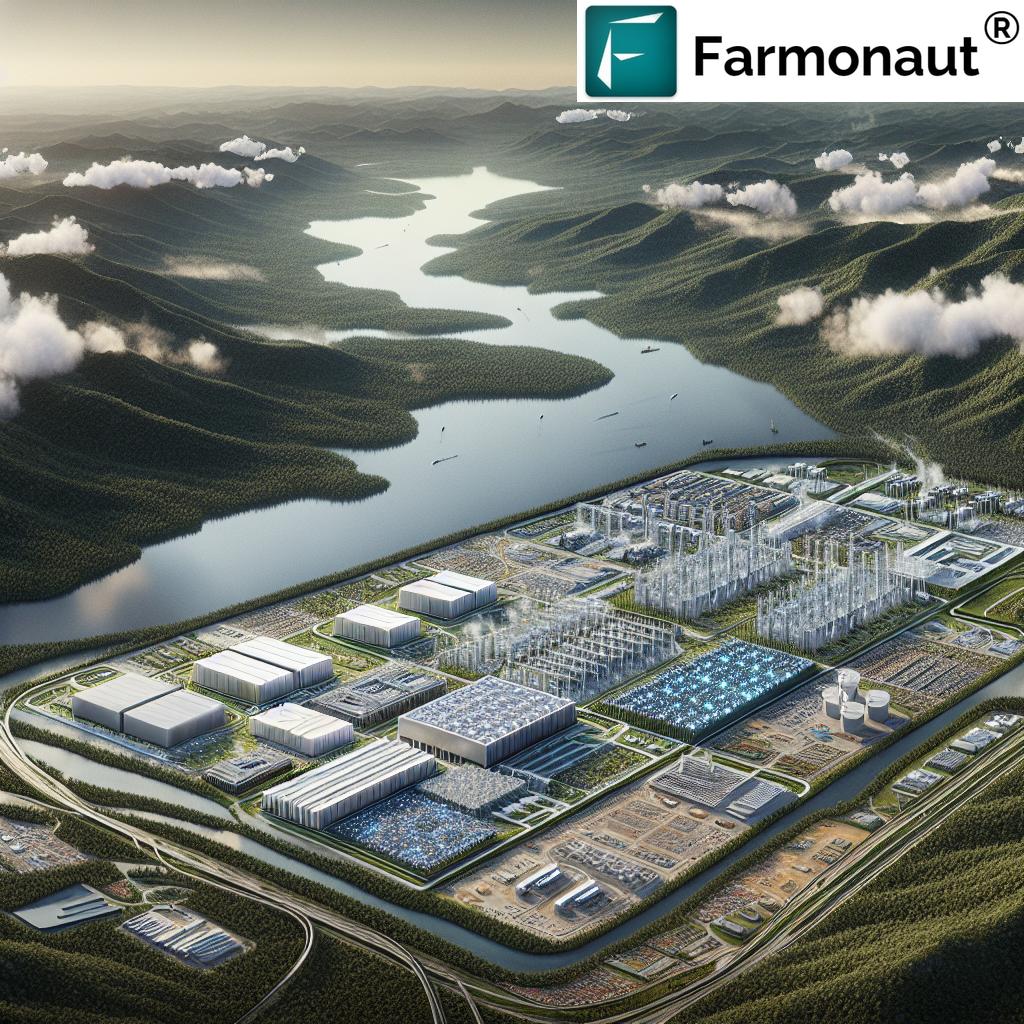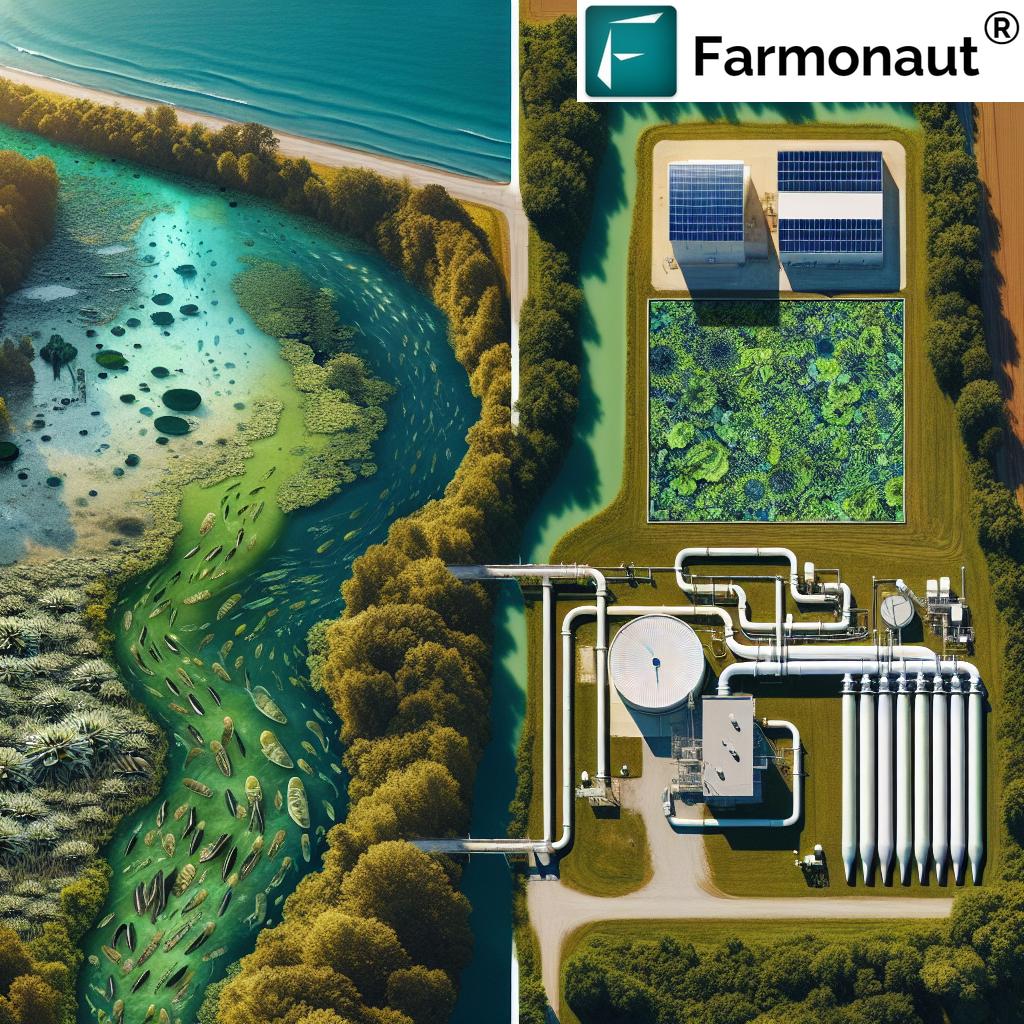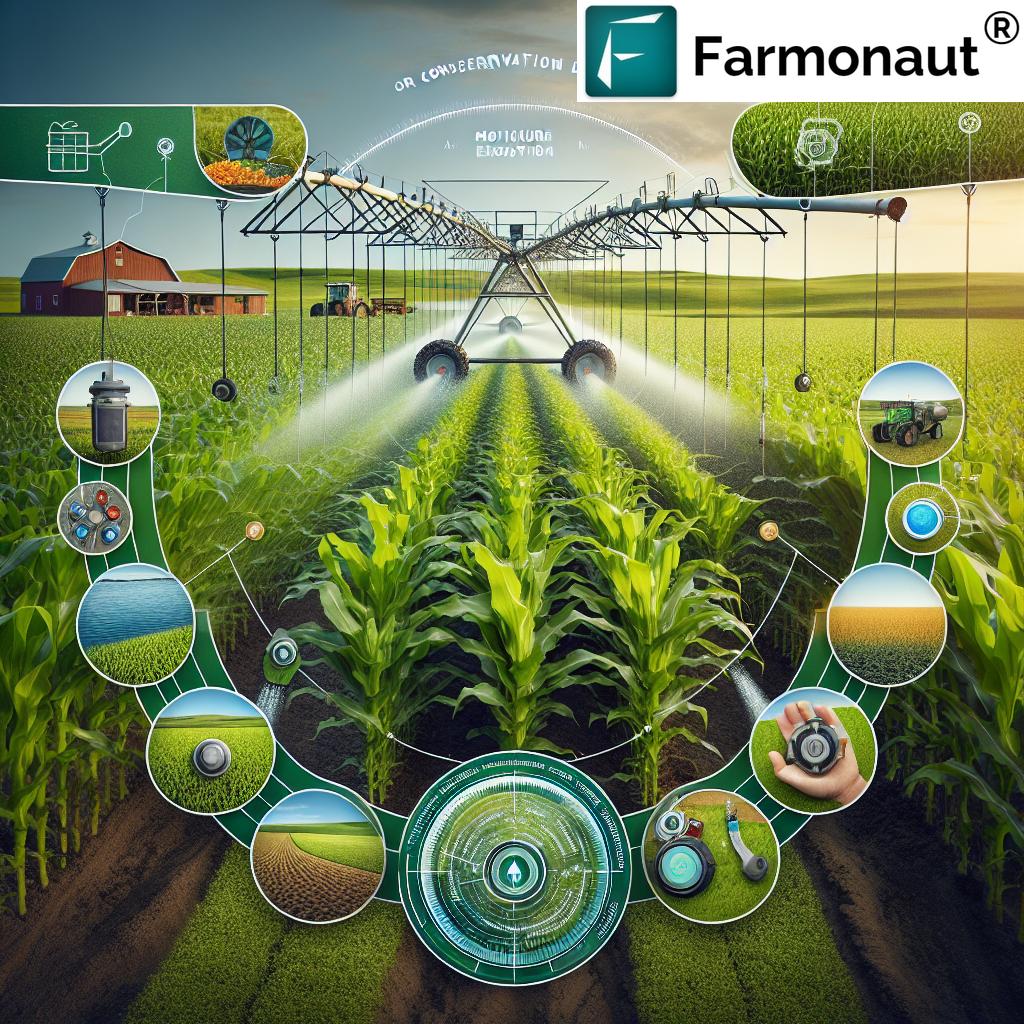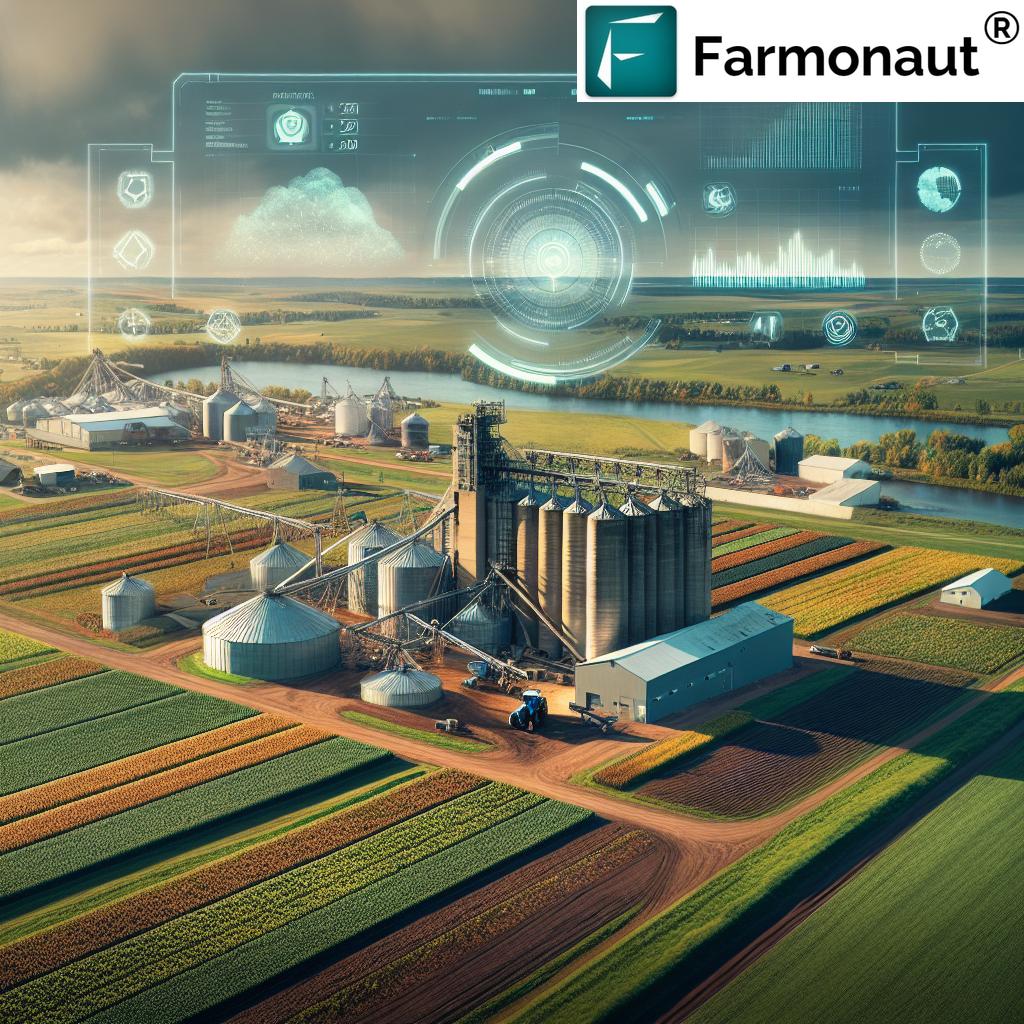North Carolina’s Renewable Energy Boom: Biogenic CO2 and RNG Production Trends for 2025
“North Carolina aims to increase renewable natural gas production by 30% by 2025, driving biogenic CO2 capture efforts.”
As we delve into the exciting world of renewable energy in North Carolina, we’re witnessing a remarkable transformation in the state’s energy landscape. The year 2025 is shaping up to be a pivotal moment for the renewable natural gas (RNG) industry, with biogenic CO2 capture and production trends taking center stage. In this comprehensive industry update, we’ll explore the intricate details of RNG production, environmental attribute pricing, and the challenges and opportunities that lie ahead.
The RNG Revolution in North Carolina
North Carolina has long been at the forefront of renewable energy innovation, and the coming years promise to solidify its position as a leader in the field. The state’s commitment to increasing RNG production by 30% by 2025 is not just an ambitious goal; it’s a testament to the growing importance of sustainable energy solutions in our rapidly changing world.
Let’s break down the key factors driving this renewable energy boom:
- Increased landfill gas collection efficiency
- Expansion of biogas project development
- Growing demand for biogenic CO2 capture
- Innovative approaches to renewable electricity generation
These elements combine to create a perfect storm of opportunity for the RNG industry in North Carolina. As we look towards 2025, it’s clear that the state is poised for significant growth in this sector.
RIN Market Volatility and Its Impact
One of the most critical factors influencing the RNG industry is the volatility of the Renewable Identification Number (RIN) market. RINs play a crucial role in renewable fuel standard compliance, and their price fluctuations can have far-reaching effects on the industry as a whole.
In 2024, we saw significant RIN market volatility, with prices ranging from highs of $3.50 to lows of $2.08. This volatility has led to challenges for many industry players, but it has also created opportunities for those who can navigate the market effectively.
At Montauk Renewables, we’ve taken a strategic approach to RIN management. By selling 100% of our 2024 D3 RINs, we’ve insulated ourselves from the ongoing uncertainty surrounding the EPA’s decision on a proposed partial waiver of the 2024 cellulosic biofuel volume requirements.
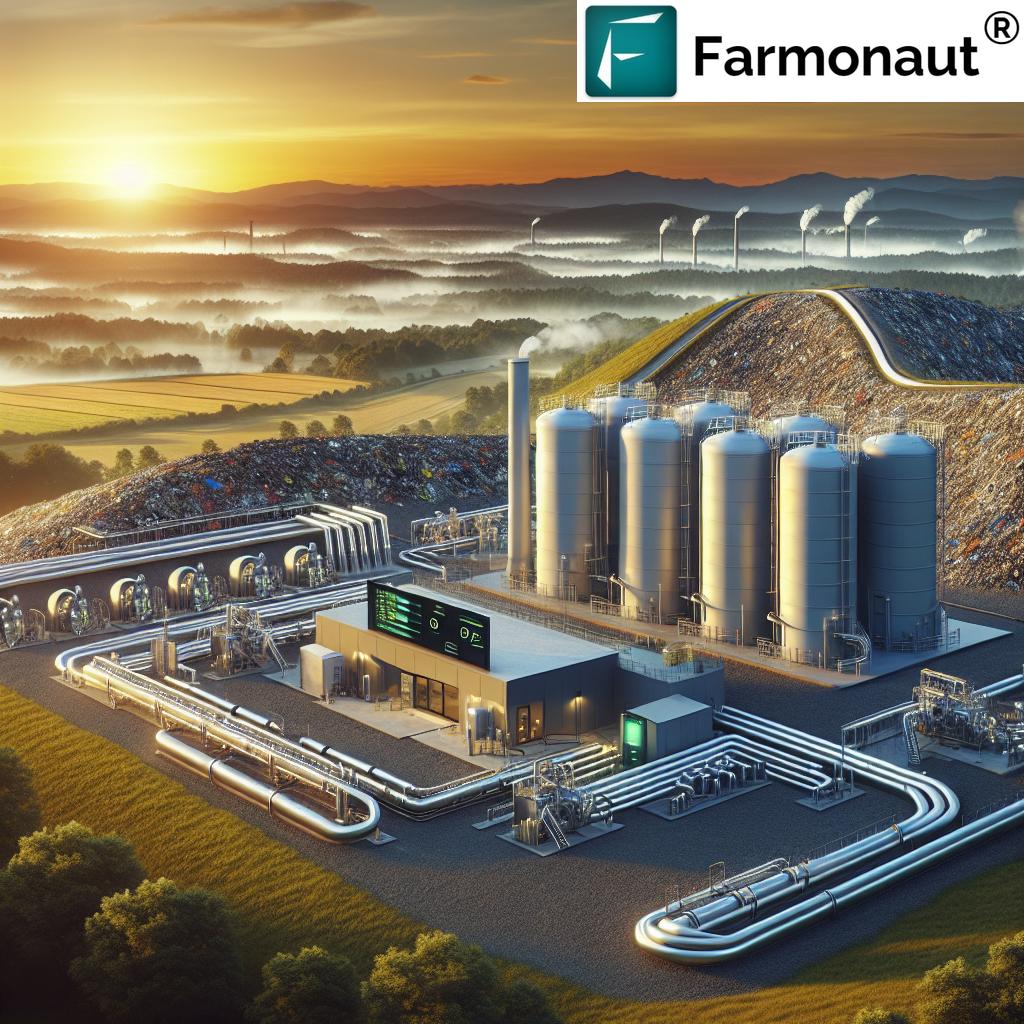
Landfill Gas Collection: A Key Growth Area
Landfill gas collection remains a cornerstone of the RNG industry, and it’s an area where we’re seeing significant advancements. As technology improves and collection methods become more efficient, we’re able to capture and utilize a greater percentage of landfill gas than ever before.
“Landfill gas collection projects are expected to contribute 40% of North Carolina’s renewable electricity generation by 2025.”
This increased efficiency not only boosts RNG production but also has positive environmental impacts by reducing methane emissions from landfills. However, challenges remain in this sector, particularly when it comes to balancing gas collection with landfill operators’ primary waste management activities.
Biogas Project Development: Expanding Horizons
The development of new biogas projects is another crucial factor in North Carolina’s renewable energy boom. These projects, which convert organic waste into usable energy, are becoming increasingly diverse and sophisticated.
At Montauk Renewables, we’re exploring innovative approaches to biogas project development, including:
- Expanding digestion capacity at existing facilities
- Developing new projects utilizing swine waste
- Exploring opportunities in the dairy sector
These initiatives not only increase our RNG production capacity but also contribute to feedstock diversification, a key strategy for long-term sustainability in the industry.
Biogenic CO2 Capture: The Next Frontier
As we look towards 2025 and beyond, biogenic CO2 capture is emerging as a critical area of focus for the renewable energy sector. This technology not only helps to reduce greenhouse gas emissions but also creates new revenue streams for RNG producers.
Our agreement with European Energy North America for the sale of biogenic carbon dioxide is just one example of how this technology is being integrated into existing RNG operations. We’re prioritizing the development of CO2 capture facilities across our portfolio, with projects at our Atascocita and Rumpke sites set to come online in 2027.
Renewable Electricity Generation: A Diversified Approach
While RNG production remains our primary focus, renewable electricity generation continues to play an important role in our portfolio. The renewable energy landscape is evolving, and we’re adapting our strategies accordingly.
In North Carolina, recent changes to the state’s renewable energy portfolio standards have created new opportunities in the swine waste sector. The enhanced swine credit REC system, which awards additional credits for qualifying projects, is poised to drive significant growth in this area.
Our Turkey, North Carolina facility, set to commission in early 2026, will leverage these new regulations to generate both renewable electricity and valuable environmental credits.
Environmental Attribute Pricing: Navigating Market Dynamics
The pricing of environmental attributes, such as RINs and RECs, remains a critical factor in the profitability of renewable energy projects. As we move towards 2025, we expect to see continued volatility in these markets, driven by regulatory changes, shifts in supply and demand, and broader economic factors.
To navigate these market dynamics effectively, we’re focusing on:
- Diversifying our revenue streams
- Developing projects with strong underlying economics
- Maintaining flexibility in our sales strategies
By taking this approach, we aim to create value for our shareholders while contributing to the growth of the renewable energy sector in North Carolina and beyond.
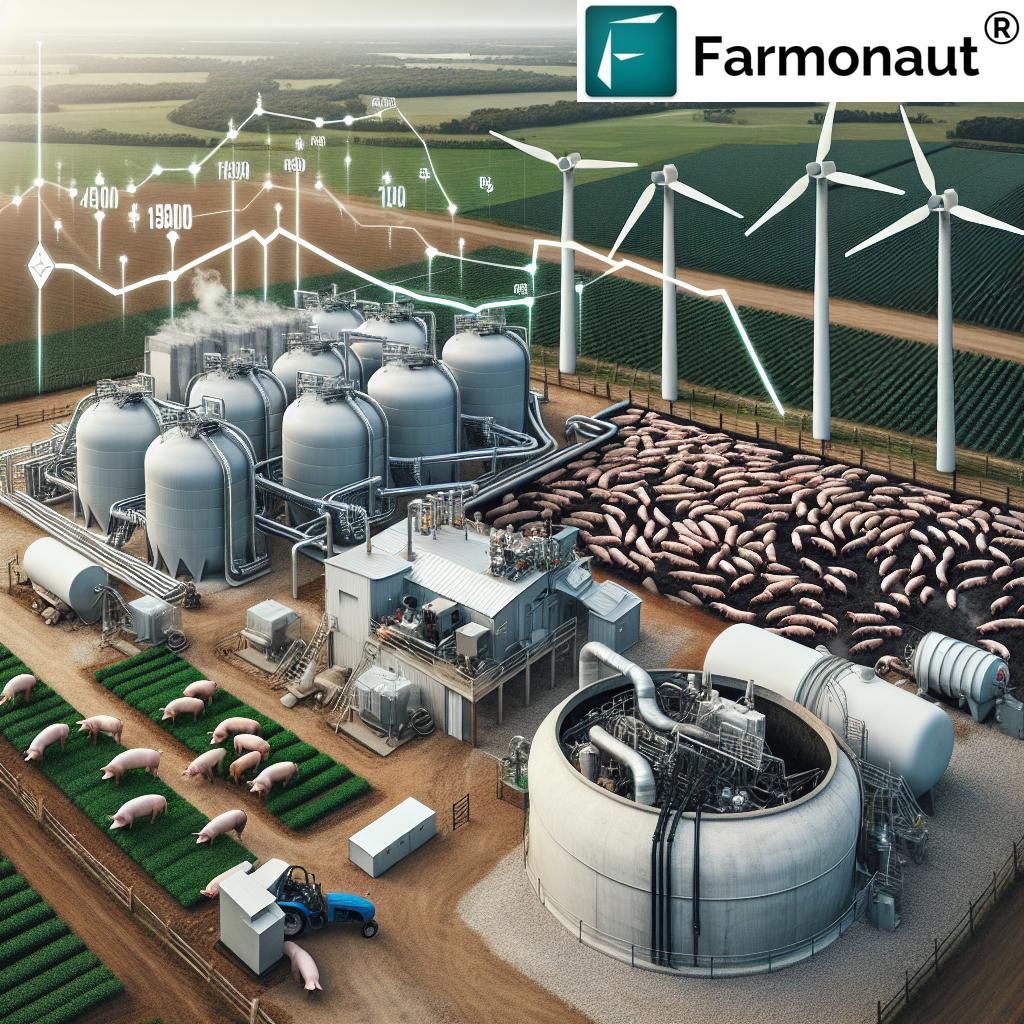
Alternative Energy Feedstock Diversification
As we look towards 2025 and beyond, diversification of energy feedstocks is becoming increasingly important for the long-term sustainability of the renewable energy sector. At Montauk Renewables, we’re actively pursuing opportunities to expand our feedstock sources beyond traditional landfill gas.
Our initiatives in this area include:
- Expanding our presence in the dairy sector
- Developing projects utilizing swine waste
- Exploring innovative feedstock sources such as agricultural residues
This diversification strategy not only helps to mitigate risk but also allows us to tap into new markets and revenue streams.
Regulatory Landscape and Compliance Challenges
The regulatory environment for renewable energy continues to evolve, presenting both challenges and opportunities for industry players. Key areas of focus include:
- Changes to the Renewable Fuel Standard (RFS) program
- State-level renewable energy portfolio standards
- Emerging carbon markets and credit systems
Navigating this complex regulatory landscape requires a deep understanding of both federal and state-level policies. At Montauk Renewables, we’re committed to staying ahead of regulatory changes and ensuring compliance across all our operations.
Market Dynamics and Production Challenges
As we move towards 2025, the RNG industry faces a range of production challenges and market dynamics that will shape its future. These include:
- Fluctuations in natural gas prices
- Competition from other renewable energy sources
- Technological advancements in gas processing and upgrading
- Supply chain disruptions and equipment availability
Successfully navigating these challenges requires a combination of operational excellence, strategic planning, and adaptability. At Montauk Renewables, we’re focused on optimizing our existing operations while also investing in new technologies and processes to improve efficiency and reduce costs.
Innovative Strategies for Industry Leaders
To maintain our position as an industry leader, we’re constantly exploring innovative strategies to drive growth and create value. Some of the key areas we’re focusing on include:
- Developing advanced data analytics capabilities to optimize production
- Exploring partnerships with technology providers to enhance our operations
- Investing in research and development to stay at the forefront of industry innovation
By embracing innovation and staying ahead of industry trends, we aim to continue driving sustainable growth in the rapidly evolving renewable energy sector.
North Carolina’s Renewable Energy Landscape: A Comparative View
To better understand the projected growth in North Carolina’s renewable energy sector, let’s take a look at this comparative table:
| Energy Source | 2023 Production | 2025 Projected Production | Percentage Change |
|---|---|---|---|
| Renewable Natural Gas (RNG) | 5.5 million MMBtu | 7.15 million MMBtu | +30% |
| Landfill Gas | 3.2 million MMBtu | 4.16 million MMBtu | +30% |
| Biogas | 1.8 million MMBtu | 2.52 million MMBtu | +40% |
| Biogenic CO2 Capture | 50,000 metric tons | 110,000 metric tons | +120% |
This table clearly illustrates the significant growth projected across various renewable energy sources in North Carolina by 2025. The substantial increase in biogenic CO2 capture is particularly noteworthy, highlighting the growing importance of this technology in the state’s renewable energy strategy.
The Role of Technology in Driving Growth
As we look towards 2025, technology will play an increasingly important role in driving growth and efficiency in the renewable energy sector. From advanced monitoring systems to AI-powered optimization algorithms, technological innovation is helping to unlock new potential in RNG production and biogenic CO2 capture.
At Montauk Renewables, we’re investing in cutting-edge technologies to:
- Improve gas collection efficiency at our landfill sites
- Enhance biogas upgrading processes
- Optimize our CO2 capture and purification systems
These technological advancements not only improve our operational efficiency but also contribute to the overall growth and sustainability of the renewable energy sector in North Carolina.
Environmental Impact and Sustainability
As we drive growth in the renewable energy sector, it’s crucial to consider the broader environmental impact of our operations. The expansion of RNG production and biogenic CO2 capture in North Carolina brings significant environmental benefits, including:
- Reduction of methane emissions from landfills and agricultural sources
- Displacement of fossil fuels in transportation and industrial applications
- Contribution to carbon sequestration efforts
By focusing on these environmental benefits, we’re not only creating value for our shareholders but also contributing to North Carolina’s broader sustainability goals.
Looking Ahead: Opportunities and Challenges for 2025
As we approach 2025, the renewable energy sector in North Carolina faces both exciting opportunities and significant challenges. Some key areas to watch include:
- The continued evolution of state and federal renewable energy policies
- Advancements in carbon capture and utilization technologies
- The potential for new markets and applications for RNG and biogenic CO2
- Ongoing efforts to improve the efficiency and cost-effectiveness of renewable energy production
By staying attuned to these trends and remaining agile in our approach, we’re well-positioned to capitalize on the opportunities that lie ahead while effectively managing potential challenges.
Conclusion: A Bright Future for Renewable Energy in North Carolina
As we look towards 2025, the future of renewable energy in North Carolina appears bright. The projected growth in RNG production, coupled with advancements in biogenic CO2 capture, positions the state as a leader in sustainable energy solutions. While challenges remain, the industry’s commitment to innovation, efficiency, and environmental stewardship provides a strong foundation for continued growth and success.
At Montauk Renewables, we’re proud to be at the forefront of this exciting industry, driving innovation and contributing to a more sustainable future for North Carolina and beyond. As we navigate the complexities of the renewable energy landscape, we remain committed to creating value for our shareholders, our communities, and the environment.
FAQ Section
Q: What is renewable natural gas (RNG)?
A: Renewable natural gas is a biogas that has been upgraded to a quality similar to fossil natural gas. It’s produced from organic waste sources such as landfills, wastewater treatment plants, and agricultural operations.
Q: How does biogenic CO2 capture work?
A: Biogenic CO2 capture involves capturing and purifying CO2 produced during the anaerobic digestion process used to create biogas. This CO2 can then be used in various industrial applications or sequestered to reduce greenhouse gas emissions.
Q: What are RINs and why are they important?
A: RINs (Renewable Identification Numbers) are credits used for compliance with the Renewable Fuel Standard program. They play a crucial role in the economics of renewable fuel production and can significantly impact profitability in the industry.
Q: How is North Carolina supporting the growth of the renewable energy sector?
A: North Carolina has implemented various policies to support renewable energy growth, including renewable energy portfolio standards, enhanced credits for certain types of renewable energy production, and support for research and development in the sector.
Q: What are the main challenges facing the RNG industry in North Carolina?
A: Key challenges include regulatory uncertainty, market volatility, technological limitations, and competition from other renewable energy sources. However, the industry is actively working to address these challenges through innovation and strategic planning.
As we continue to navigate the evolving landscape of renewable energy in North Carolina, staying informed and adaptable will be key to success. By embracing innovation, prioritizing sustainability, and remaining attuned to market dynamics, we can work together to create a cleaner, more sustainable energy future for all.
Earn With Farmonaut: Affiliate Program
Earn 20% recurring commission with Farmonaut’s affiliate program by sharing your promo code and helping farmers save 10%. Onboard 10 Elite farmers monthly to earn a minimum of $148,000 annually—start now and grow your income!
For more information on Farmonaut’s innovative agricultural solutions, check out our API and API Developer Docs.
Download our mobile apps for easy access to our services:
Or access our web application for a comprehensive farm management experience:










